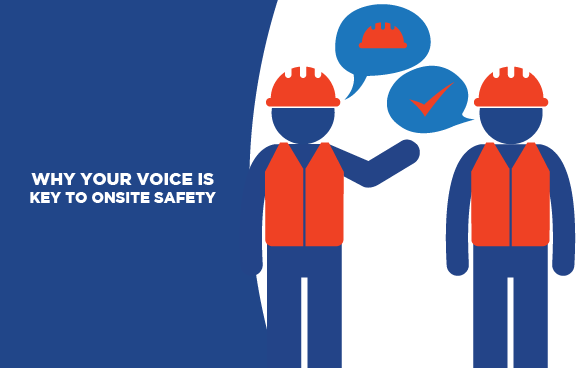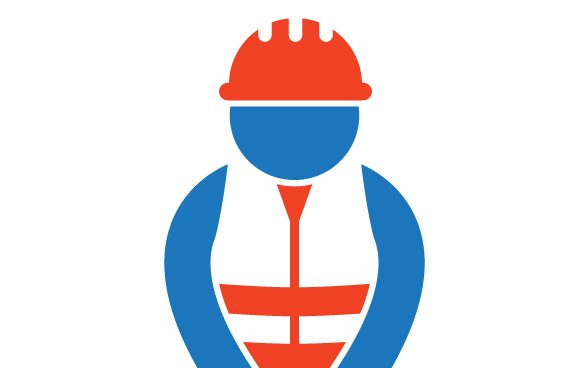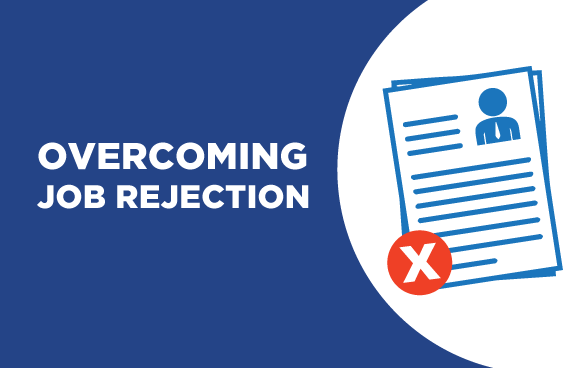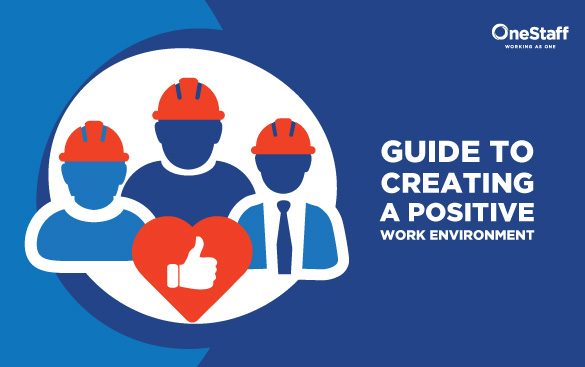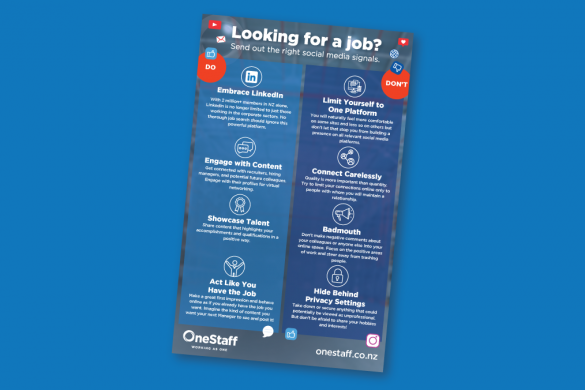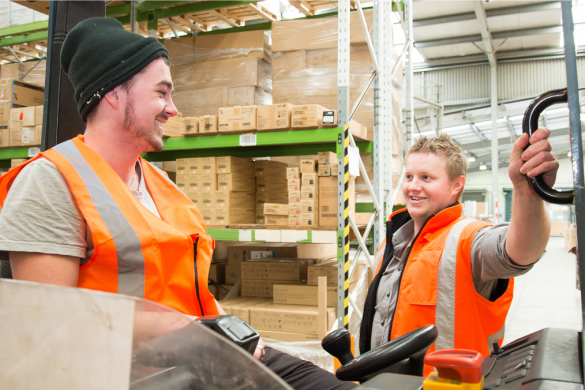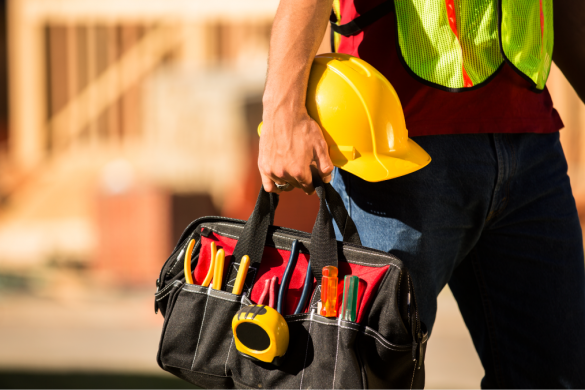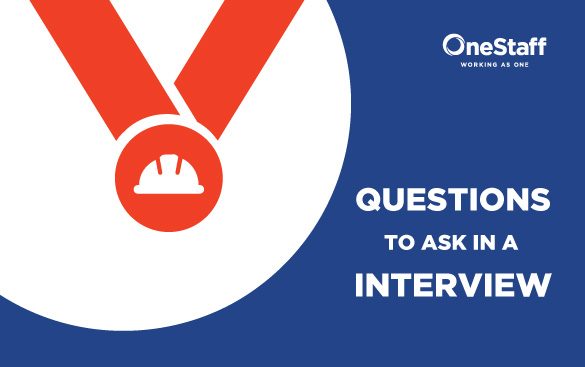According to WorkSafe New Zealand, 34 people have already died in workplace-related accidents since the beginning of the year; a tragic statistic which goes to show how significant this problem is for New Zealand. Whether you’re an employer or employee, we are responsible for keeping our workplaces safe. OneStaff’s National Health & Safety Manager, Megan Nicholson, provides her insights on how communication is crucial to helping both parties to work together to do this.
Speak Up
Having excellent Health and Safety policies and procedures is only a small part of the battle. If people aren’t speaking up, then everyone is at risk on site. As an employee, your voice is the most powerful safety tool you have. It doesn’t matter what position you’re in, your voice is just as important as the next person’s.
Many people don’t have the confidence to speak up when they see a problem. Megan advises that: “If you see, hear or notice anything wrong, or even if you simply have a feeling that something isn’t quite right, then that is reason enough to speak up.”
“We cannot put a value on the wellbeing of people. Ensuring we are safe must always be our main priority. Take care of yourselves and those around you. Speak up if you need to and most of all, know we are all in this together. Every one of us has the same goal: to get everyone home safely, always. Speak to your manager and contact your OneStaff consultant the minute you observe any potential issue.”
Avoid Miscommunication
As an employer when it comes creating a safe workplace, all your hard work and best intentions can be quickly undone if anything is left unsaid or you assume someone has understood you. To avoid potential miscommunication, sit down face-to-face with your people and ensure they completely understand your Health & Safety policies or instructions around any potential hazards.
Watch out for and address any early signs of uncertainty. A great way to do this is to ensure safety imagery around the site is clearly and correctly labelled, your employees have access to safety leaflets and handouts, and that you actively discuss Health & Safety concerns at every opportunity. Get your people involved in establishing new Health and Safety initiatives. They live and breathe their jobs every day so provide very real views on what’s practical and what might get buy-in from the greater team.
Adapt Your Communication Methods
Different cultures tend to communicate in different ways, so take this into consideration when deciding how to best communicate about workplace safety. Some people prefer reading a leaflet whilst others might favour watching a physical demonstration. In any case, conveying your safety policies, procedures and messages over multiple communication channels can increase how engaged people become with your Health & Safety culture. These channels can include:
- Images (Manuals & leaflets)
- Writing (Policy documents)
- Physical demonstrations (Workshops)
- Video (Safety announcements)
- Verbal and meetings (Toolbox Talks).
Be the Change
Megan comments that, “There are lots of awesome (and free) resources out there like the WorkSafe website that will assist you with improving your Health and Safety processes, but as mentioned, the most effective tool is our voices. It’s crucial to allow and encourage everyone to speak up and take responsibility for health and safety in our workplaces.”
